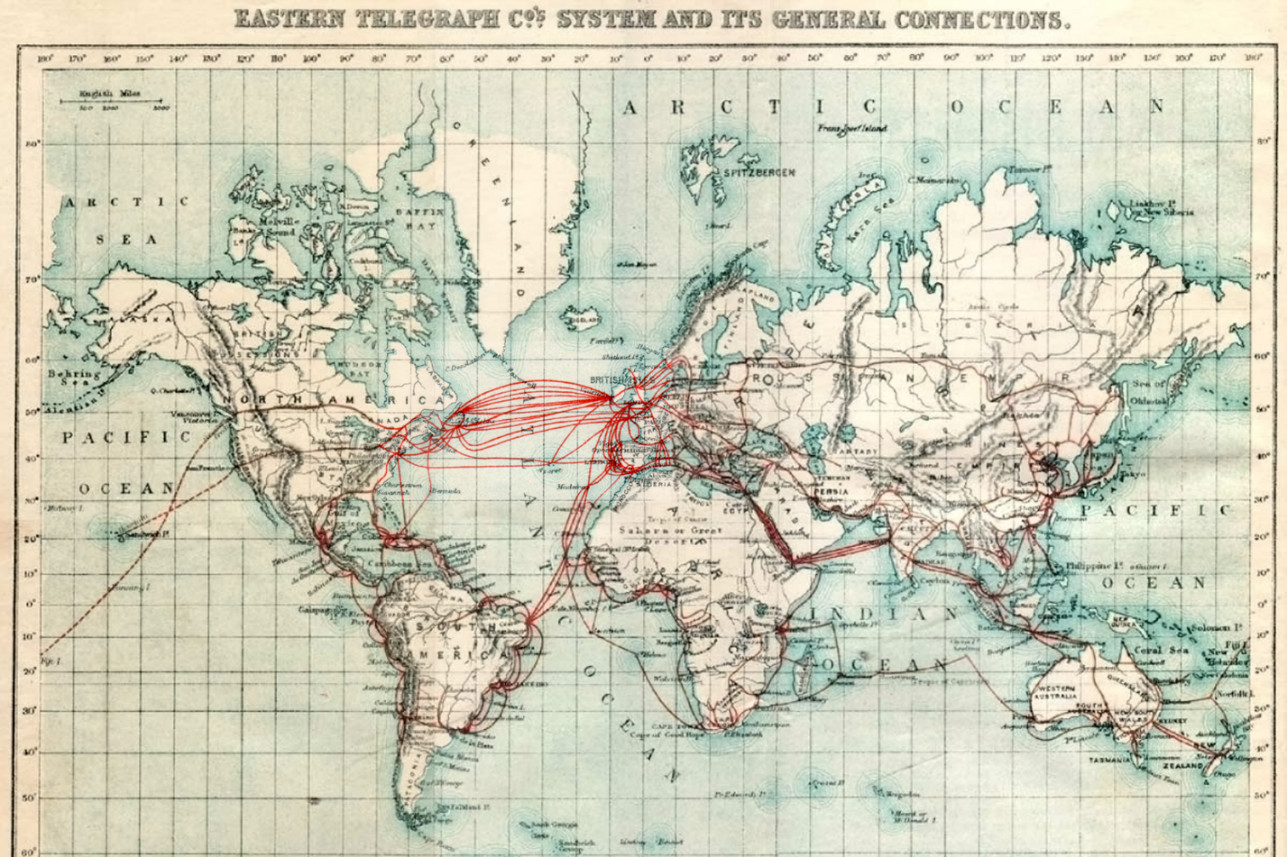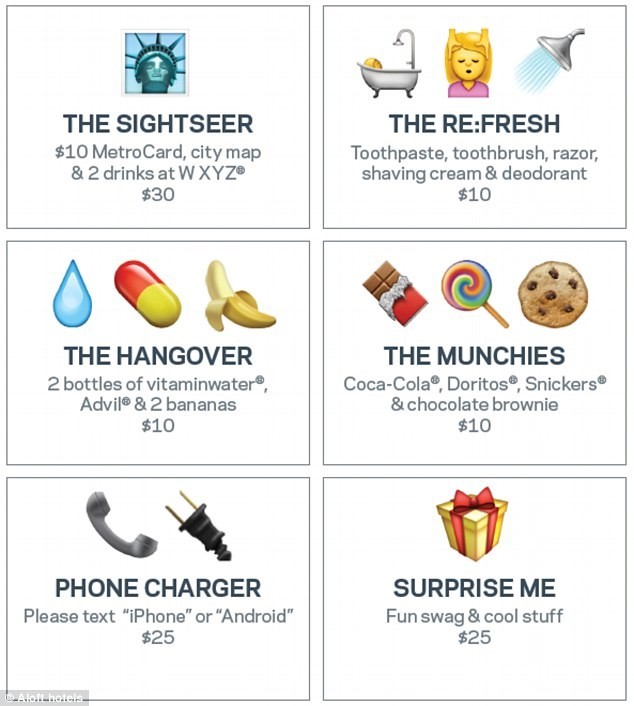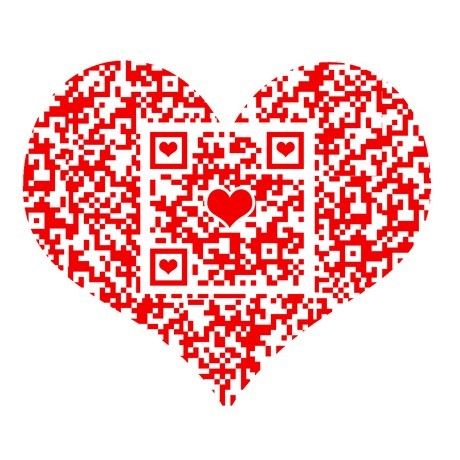The shortest, most useful and useless ways to transfer information

Since the time of cave paintings, man has become concerned with the question of how to convey important information to his relatives in the shortest possible time. Are there any traces of a bear nearby, where a fat mammoth was last seen, how many young warriors in a tribe of neighbors ... Transferring valuable information in the shortest amount of time is the most efficient tool of evolution. Clay writing, knots on the rope, rubbed iron plates, messages hollowed out on stone monoliths — all these methods increased the efficiency of signal transmission, but had an unavoidable drawback. You needed a person who would carry the message, or a bird that would carry the note in the paws above the sea.
The formation and improvement of information transfer tools led to a new problem. When information becomes too much, it takes more time to process and understand it. In the 21st century, we need not only a channel transmitting thoughts and feelings at the speed of light, but also a brain capable of capturing such information.
On March 10, 1876, Scottish inventor Alexander Bell said six full words (Mr. Watson. Come here. I want to see you), making the first phone call. A fax appeared even earlier - in 1843 another famous Scot Alexander Bein invented the device. And even earlier, in 1809, the telegraph was invented by the Munich academician Sömmering. He allowed for the first time to transmit information almost instantly.
')

Some researchers call the telegraph network "Victorian Internet". You will be surprised to find in the picture above how many submarine cables were laid by 1901. The typical picture of those years is the street, wrapped in wires like a web of giant spiders.
The next revolutionary event that changed the way people communicate was the advent of wireless. The first SMS was sent on December 3, 1992. SMS, as you all know, contains up to 160 characters (in Latin) or up to 140 bytes (1120 bits) of data. The idea of SMS was first proposed by Matti Makkonen in 1984 at a conference in Copenhagen. In 1985, the German researcher Friedhelm Hillebrand developed the SMS format. He manually counted the number of letters, numbers, punctuation marks and spaces in sentences printed on ordinary pages, trying to confirm or refute the opinion that several lines of text are enough for a separate informational message.
The Hillebrand experiment only confirmed the point of view of the researcher himself, according to which the technical limitation, which is initially present in the system, is not a stumbling block. However, different encodings are used for different languages: English - 7-bit; French, German - 8-bit encoding; other languages, including Russian, are 16-bit, only up to 70 characters in one message, which is often not enough.
SMS slang (txtspk) is a whole culture of hundreds of abbreviations that replace long, patterned phrases. They were characteristic not only for short Cyrillic messages, but also for “full-fledged” English text messages. 4u, 2nite, L8R, 10x, IMHO, and other abbreviations were actively used both in SMS correspondence and in chat rooms at the dawn of the development of the Internet.
Another typical example of the era of short messages is shown to us by people in the Asia-Pacific region. Using the traditional numeric keypad, choosing from the thousands of hieroglyphs you need is not the fastest. Therefore, wise Asians use splitting by “keys” (picking up the elements of a character), splitting by sound , as well as some combined methods.
There is an opinion that SMS is the most expensive way to transfer information, given the ratio of money spent to the number of bytes transferred. SMS from complete extinction in our days saves unification. Any instant messenger that reduces the cost of communication to zero will not work in the absence of the Internet and requires the exact same program on the phone of the recipient of messages. A sms you can simply send by phone number.
SMS is also part of our culture. There is a special term for literature, created with the help of mobile phone test messaging services - “mobile romance”. Such works consist of “chapters” with a length of 70-100 words, which are characterized by abbreviations, colloquial, simplified and lapidary style of presentation. “Mobile novels” have much in common with brochures that summarize the contents of popular voluminous literary works.
It's just space
At the International Space Station, the bandwidth of the ISS-Earth channel is 200-400 Kbps. Although there are projects to increase the channel capacity up to 50 Mbit / s, the station still remains the place where the exchange of scientific data exceeds the volume of idle conversations.
If you have seen Mark Watney in the movie "The Martian" keep in touch with NASA and exchange jokes with them, think about this. Right now, Mars Opportunity and Curiosity rovers are working on Mars, which are connected through artificial satellites in orbit around the planet. The speed of data transmission from the satellite can vary from 0.5 to 4 megabits per second - depending on the current distance between the Earth and Mars. However, even this connection is not constant, there are delays during which the rovers wait for the nearest communication window with the satellite, and the satellite in turn waits for one of the receiving stations to be available.
It is enough to exchange the dry language of program codes with inanimate objects, but as soon as a person begins to master the nearest planets more actively, you will need to either improve the communication channels or increase the amount of information that can be placed in one information block.
A brief retelling of emotions
WhatsApp, Viber, Hangouts, VKontakte, Odnoklassniki, Facebook, Skype, Telegram, Jabber, ICQ and other SMS-communication are not killed, but the human mind did not stop in an attempt to facilitate ways of multiple exposition of information. Another trend of our time is emoji. The author of the blog Emojinalysis, for example, puts its subscribers with humorous diagnoses about the state of psychiatric health based on the latest Emoji icons used by them. With the help of Emoji, they give interviews , issue press releases , answer uncomfortable questions, and talk about their personal lives. In general, they do the same thing as they do with ordinary words. Just so quick.
The Internet has been overwhelmed by a wave of animated and static “yellow faces” from Japan (not to be confused with text smiles (。◕‿◕。), known since the 80s). First, the pager boom in the mid-1990s led to the flourishing of emotion symbols. The next “explosion of graphic emotions” happened in 2011, when a powerful earthquake in Japan broke the traditional ways of communication. Companies NHN Japan, NHN Corp. released the application Line - messenger, which was supposed to provide reliable communication between subscribers, regardless of the quality of communication operators affected by natural disasters. One of the features of the Line were sets of funny pictures (stickers), which could easily express various emotions.

The Aloft Manhattan Downtown hotel in New York has introduced a service system based on an analysis of guests' emoji messages.
The evolution of ways to transfer information to Emoji did not stop. There is the application Noice , in which there are voiced emoticons emoticons. Yo Messenger allows you to send only one single message - Yo - accompanied by the corresponding standard sound. In the emojli messenger you can communicate only with the help of emoticons - it is a bit like communication with pictures on stones.
 , why not.
, why not.
Emoji keyboard, created from 14 ordinary keyboards . Each key has a sticker with emoji - more than 1000 in total.
Other ways

QR code is a popular text transfer format (which many people hate because of the senselessness and complication of the usual process of reading information), which is “encrypted” through the image. Using a software decoder, you can significantly reduce the speed of information exchange, for example, by encoding a Russian SMS with a 7-bit alphabet or by sending a sequence of successive video frames with varying degrees of brightness to the TV. Such unusual methods are rarely used, but the search for new solutions in information transfer methods continues. By the way, scientists from the University of York (Canada) and the University of Warwick (UK) have developed a method for transmitting a text message to a distance of several meters at the molecular level, that is, using odor. Thus, they repeated the natural mechanism, which is already several million years old - for example, ants, with the help of pheromones, leave a mark on the road indicating the route.
Perhaps emoji, recording information in the genes with color markers, bar codes, sending data along trunk transmission lines, quantum entanglement for instant communication, and other exciting ways of conveying information will lead us to some analogue of pictographic writing. Is it good or bad?
¯ \ _ (ツ) _ / ¯
Source: https://habr.com/ru/post/272847/
All Articles